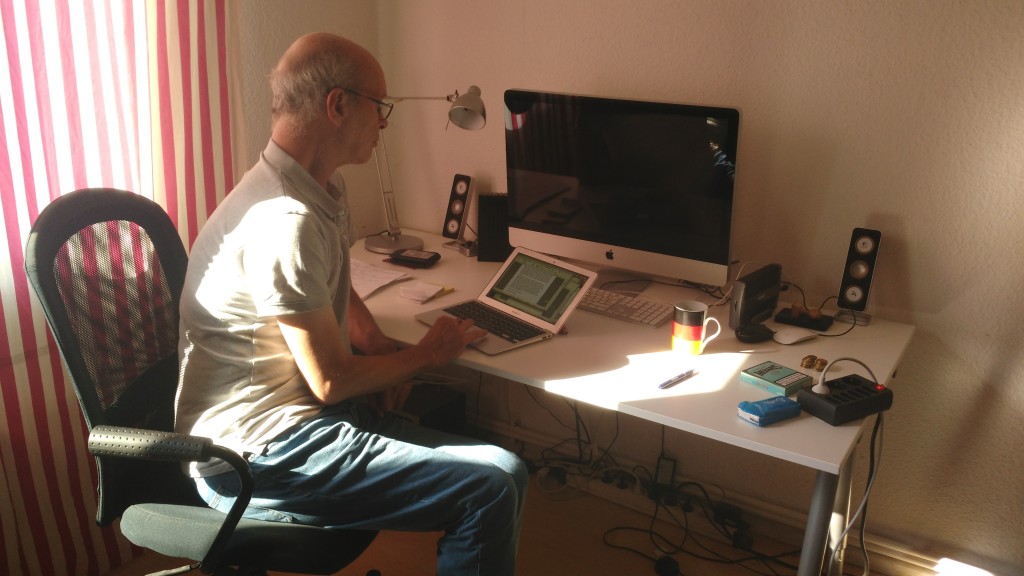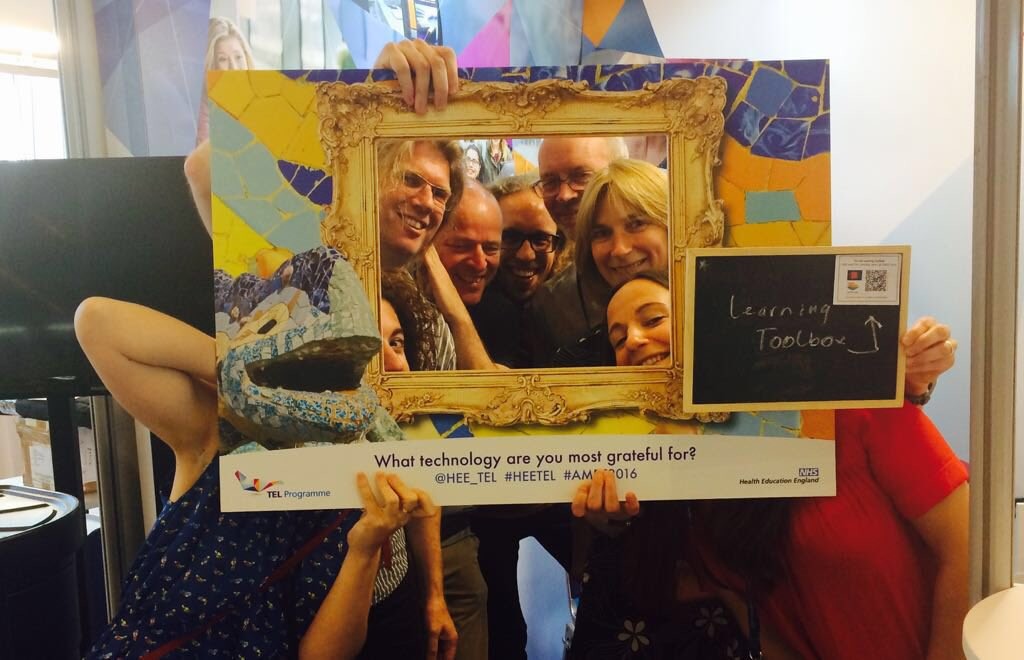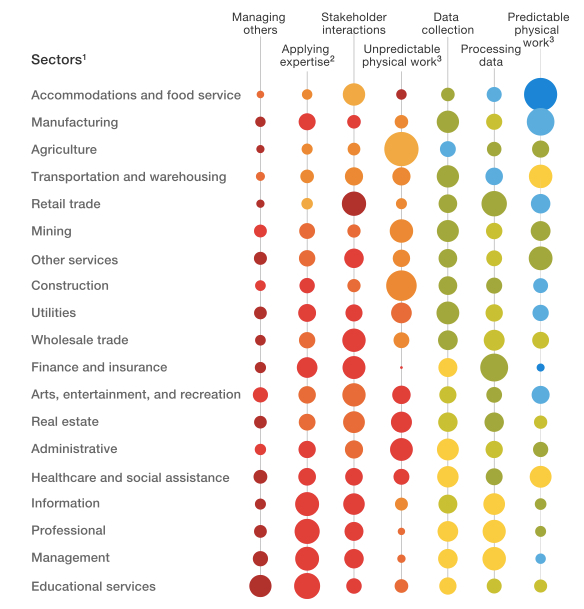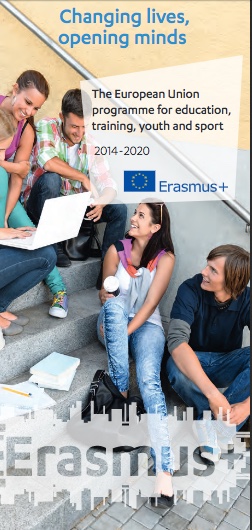Working Places and Learning Spaces (Part 2)
 Below is part two of my series on Working Places and Learning Spaces. Meanwhile Angela Rees, Steve Wheeler and Colin Milligan have both produced their own photos and reflections on their learning spaces. Feel free to join in. You can find the original idea for the meme here.
Below is part two of my series on Working Places and Learning Spaces. Meanwhile Angela Rees, Steve Wheeler and Colin Milligan have both produced their own photos and reflections on their learning spaces. Feel free to join in. You can find the original idea for the meme here.
With new technologies, many conversations take place today over the internet. And those technologies help us develop and curate Personal Learning Networks. Yet face to face conversations can be more animated informal and allow wider ranging conversations. It is notable that many people say the best learning at conferences and meetings take place in the coffee breaks and in the evenings.
Sometimes I contact people in advance to meet up for a chat. Other times such meetings happen by chance. Sometimes meetings are with friends I have met and worked with before, sometimes with more distant contacts. And sometimes they are with friends and family.
This picture is of me with Jose Luis Garcia, a professor from the Complutense University of Madrid. I have worked with him on projects in the past, he is my girlfriends father and a good friend. The working space was simply my living room in Valencia. We had dinner together and afterwards were talking. I told him I was interested in learning spaces and explained the background to the Institute of Education’s project which kicked off a wide ranging discussion which went on late into the night. He told me about his interest in the idea of ‘mobilities’ which he saw as similar to spaces.
I wrote a series of notes – on the back of an envelope. Technology often gets in the way of conversations like this –the only problem with hand written notes being my terrible handwriting.
Learning like this happens in informal spaces – bars, restaurants, coffee houses and so on. With one friend and colleague we have on a number of occasions organised walks. We walk and talk – stop at a bar and make notes and then walk and talk again. But more often such conversations are more serendipitous than planned.
The photo is a selfie. There was no-one else present to take the photo and I wanted both of us in that. The photo does not show much of the space we are in – and that is the point –it really does not matter as long as we are have a space in which we are both comfortable.








